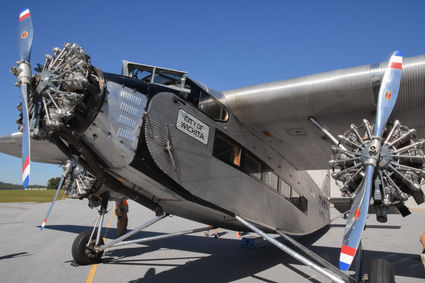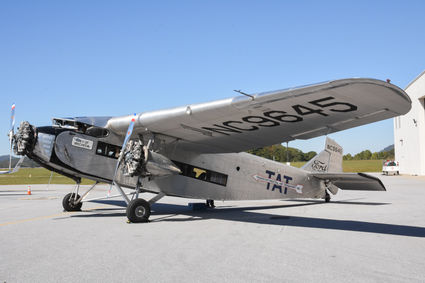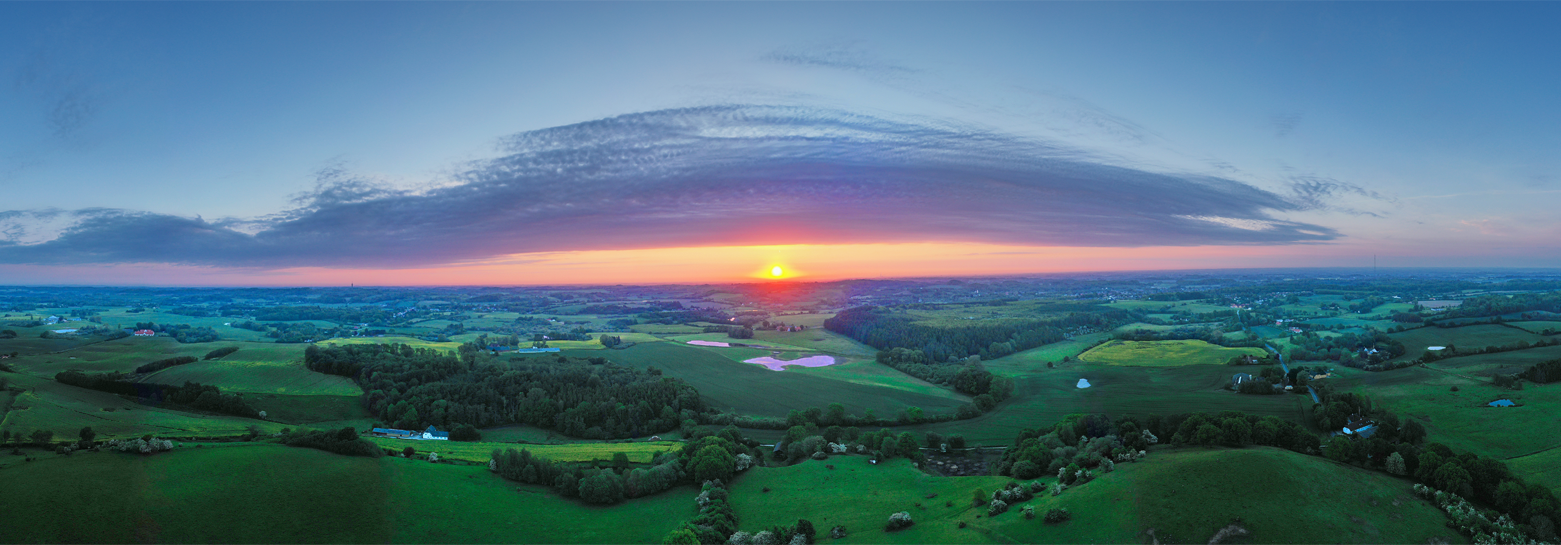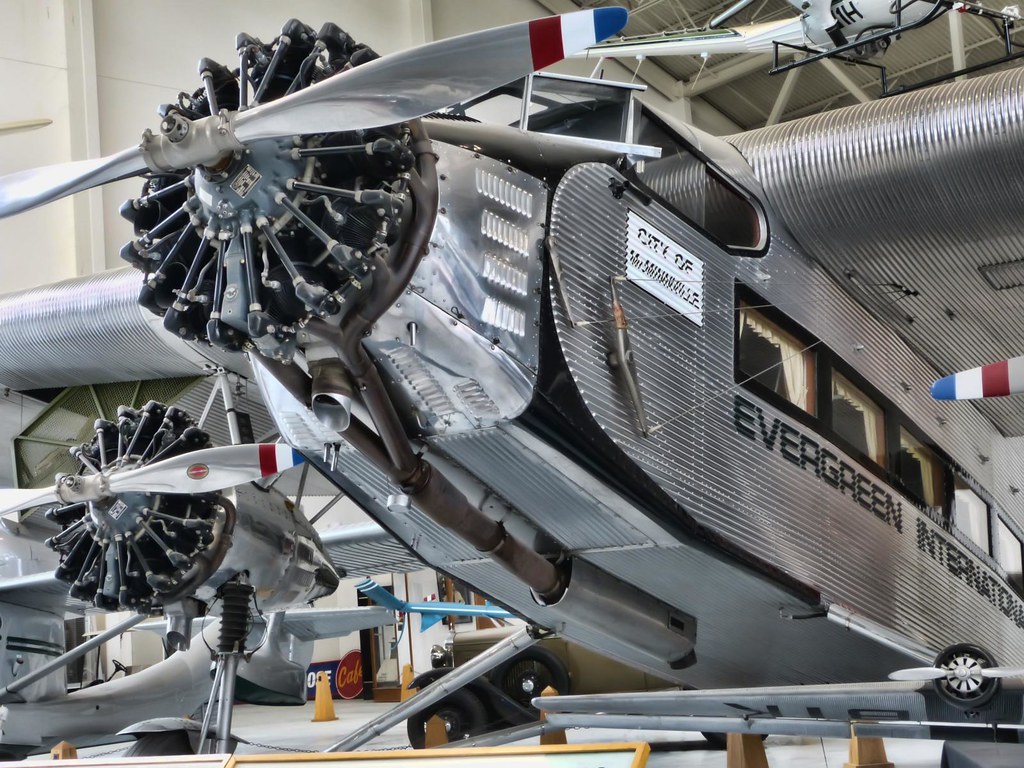Though the 1928 Ford Tri-Motor aircraft, also called the “Tin Goose,” is no time machine, the pilot and passengers agreed the 30-minute ride on the first commercial aircraft and mass-produced airliner gets close enough.
“It’s a wild experience,” said Bill Thacker, the pilot, who started flying airplanes at 16 before piloting commercial jets, and is now flying for the Experimental Aircraft Association (EEA), based in Oshkosh, Wis. “It really takes you back to 1928, and this plane is essentially what birthed air travel.”

Being the first plane designed to have groups of passengers, he said airlines today owe their existence to this plane.
“Every plane today started with the Tri-Motor,” he said. “But it really only lasted in the U.S. for a short time, with Henry Ford starting production beginning in ’25. Then with the stock market crash in ’29, he retracted and went back to building cars, having invested a lot in the Ford Model A car, but other companies had already started leveraging technology found in this original commercial jet, and frankly, they were a lot faster.”
Now owned by the Liberty Aviation Museum in Port Clinton, Ohio, and leased to the EEA, a 180,000-member organization of aviation enthusiasts, the plane is showcased by the EEA in different states year-round.
The 1928 Ford Tri-Motor was at the Asheville Regional Airport on Thursday through Sunday to be showcased and give 30-minute flight tours to anyone interested in taking a ride. Tickets to fly were $75. This plane began its journey in January 1929 and was named “City of Wichita.”
“Its home and root flight was in Wichita (Kan.), and it introduced the first coast-to-coast passenger air service in ’29,” Thacker said.
The plane has changed hands throughout its 89 years circling the globe.
According to the EEA, the plane was sold to Transcontinental Air Transport (TAT) in 1929 (the logo is currently painted on the body of the craft).
In 1931, TAT merged with Western Air Express (WAE), the flight service contracted by the U.S. Postal Service to deliver mail in 1925, and that merger formed the Transcontinental and WesternAir (TWA).
It was with TWA that the plane’s use led to the construction of the first paved runway and hotel designed specifically to accommodate air travel and the TWA’s flight system.
American businessman Howard Hughes once owned TWA, and the airline filed for bankruptcy and was usurped by American Airlines in 2001.

In 1935, the plane was sold to Grand Canyon Airlines, an air carrier headquartered in Boulder City Airport in Boulder City, Nev., then to Boulder Dam Tours in 1937.
The plane was later sold to several different airlines in South America throughout the 1940s, and it made its way back to a company in the U.S. in 1955, where it stayed until it was purchased by William F. Harrah of Harrah’s Hotel and Casino in 1964, where the plane underwent renovations.
After renovations, it flew again in Reno, Nev., in 1971 and became a part of Harrah’s automobile collection.
After Harrah’s death, it was auctioned off and purchased in 1986 by Gary Norton of Idaho. In 1990, Evergreen Aviation and Space Museum in McMinnville, Ore. acquired the plane, where it was once again renovated.
Finally, in 2014, the Liberty Aviation Museum made the plane it’s new home.



